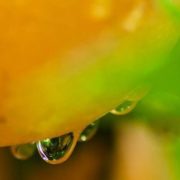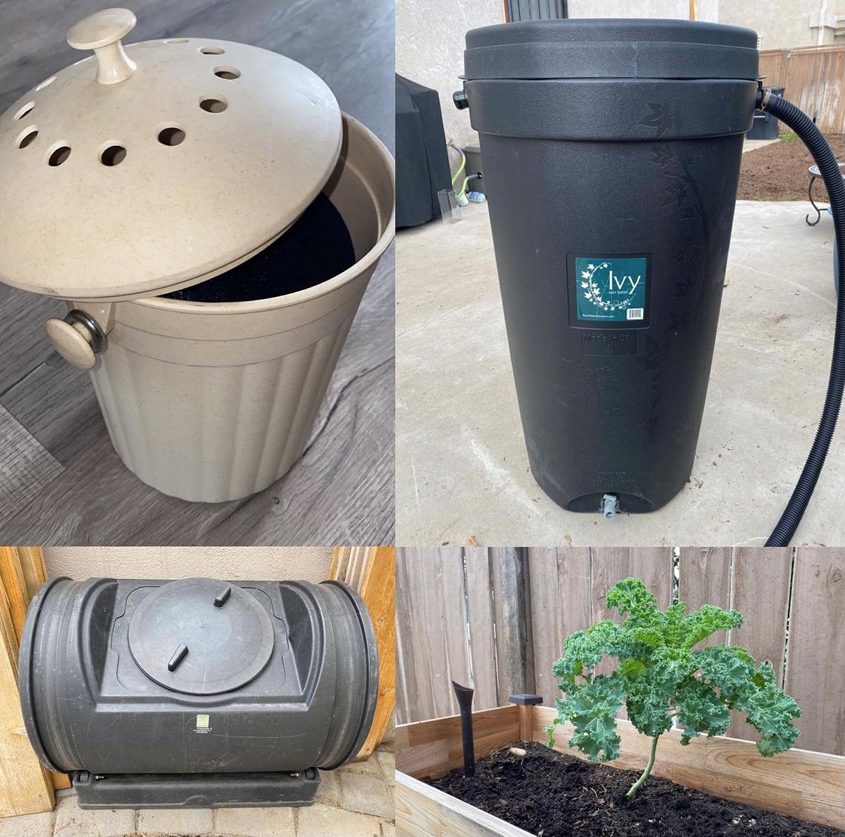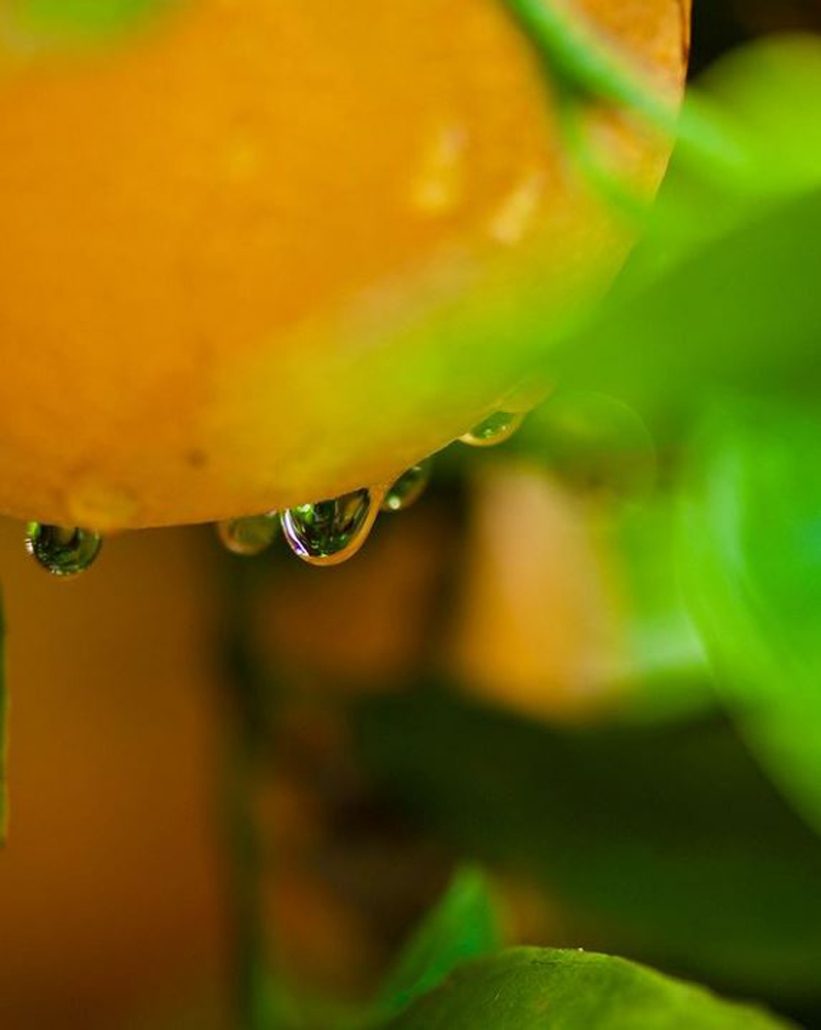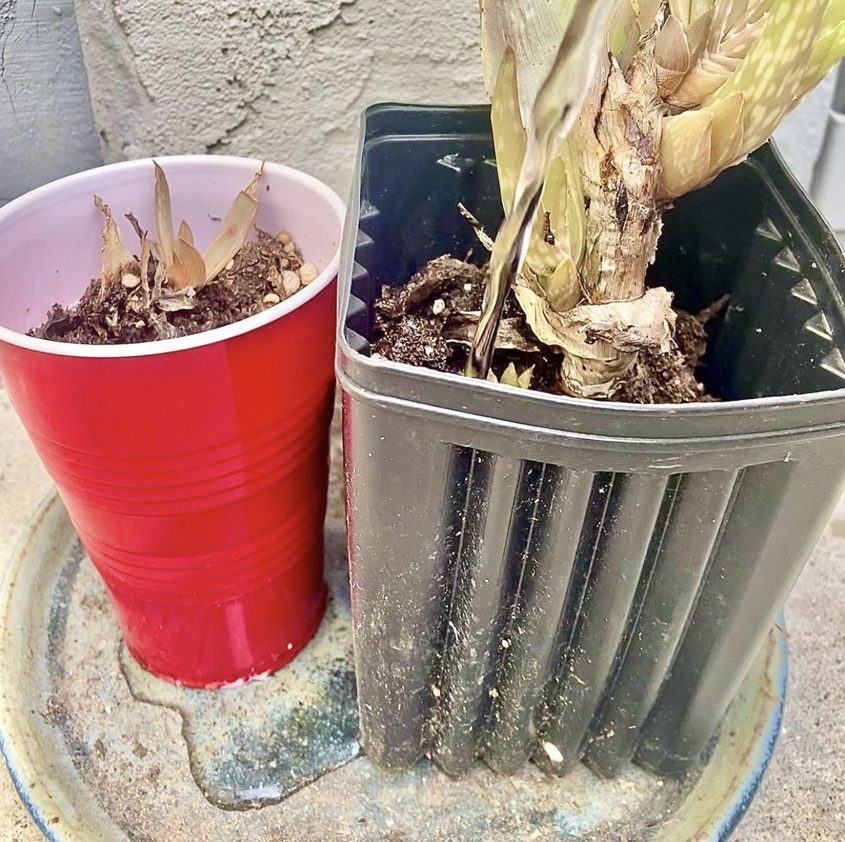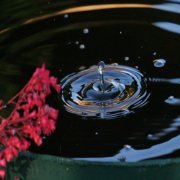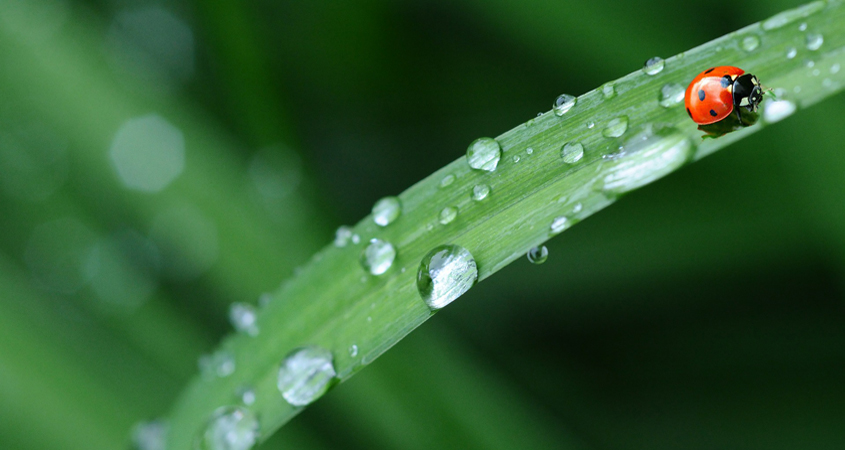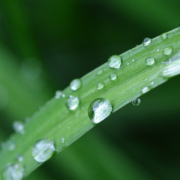Urban Water Suppliers Report Water Savings Progress Statewide
Following Governor Gavin Newsom’s recent executive order and a State Water Board emergency regulation, members of the California Urban Water Agencies, or CUWA, including the San Diego County Water Authority continue to advance water-saving efforts, yielding measurable results.
These efforts come on the back of the driest first quarter in California’s history, which prompted the Governor to call for local water conservation steps rather than a one-size-fits-all approach. As severe drought conditions persist, state and local agencies are working together to support the Governor’s call to action and lower water use across all sectors through a variety of measures.
“Water conservation a way of life”
“Governor Newsom has demonstrated strong leadership in directing water agencies to implement actions that are the best fit for the communities we serve,” said Water Authority General Manager and CUWA Board Chair Sandy Kerl. “We look forward to continued collaboration at the state and local level as we collectively prepare for a more resilient future.”
“While we have made historic investments to protect our communities, economy, and ecosystems from the worsening drought across the West, it is clear we need to do more,” said Governor Newsom in a press release. “Amid climate-driven extremes in weather, we must all continue to do our part and make water conservation a way of life.”
Water savings increase; long-term drought resilience the goal
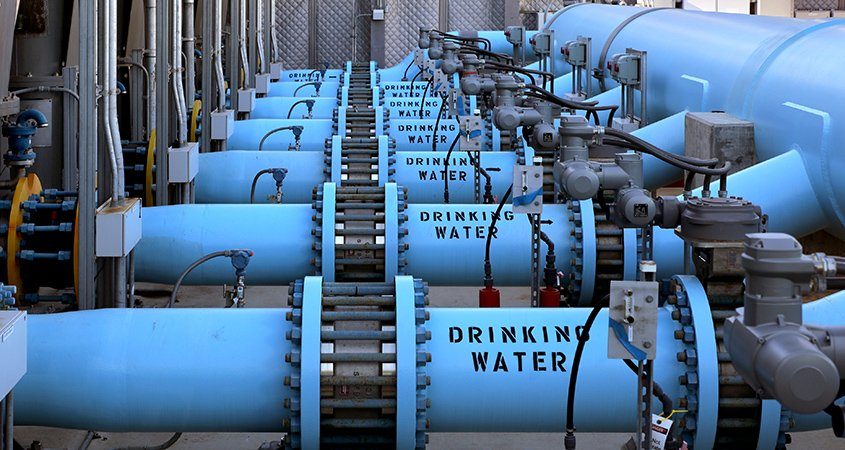
The Carlsbad Desalination Plant uses reverse osmosis to produce approximately 10% of the region’s water supply; it is a core supply regardless of weather conditions, and it is blended with water from other sources for regional distribution. Photo: San Diego County Water Authority
Over the past few months, the Governor has convened a series of meetings with local water agencies, including Kerl and other CUWA representatives, to discuss progress and call for continued action. Since the first meeting in May, Californians have made substantial progress in conservation. Preliminary numbers suggest overall water use was down 7.5% in June compared to June 2020.
Based on an analysis of provisional data, CUWA agencies anticipate even greater water savings in July — about 10% on average compared to 2020, with several agencies exceeding 15% savings. This is due to significant investments in conservation rebates, turf replacement programs, public messaging, and outreach including stringent water use restrictions where necessary.
Beyond the immediate need for water conservation, Governor Newsom supports long-term drought resilience. “We are dealing with a changed climate in California that demands we reimagine not just how we use water, but how we capture, store and distribute it throughout the state,” Newsom said in a recent meeting.
In alignment with state priorities, CUWA members continue to invest in storage and drought-resilient supplies, such as water reuse and desalination, through local and collaborative regional efforts.


